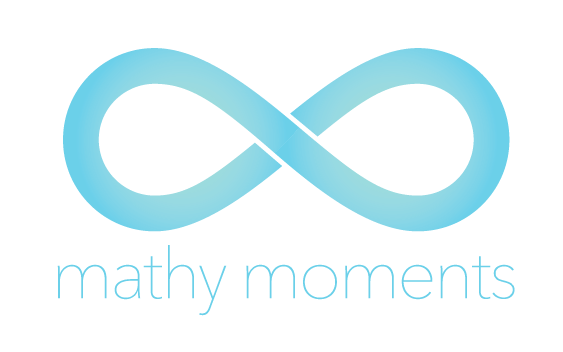It’s the type of question young children are always asked: “How many animals do you see?” “How many cars are there?” “How many children are in your class?” “How many sheep are in this picture?” These are good questions. They usually have a clear and correct answer. That’s nice.
What if they didn’t?
What if, instead of asking, “How many sheep do you see in this picture?”, you simply asked, “How many?”
I did this the other day with a group of pre-schoolers. I held up this picture book…

…and asked “How many?”
There was silence. They were waiting for me to complete my question. When I didn’t continue, one child bravely asked, “How many WHAT?”
“Yes. How many WHAT? Your choice,” I responded.
After a bit more silence, one child ventured, ” I see one bed.”
“Yup, I see 1 bed, too,” I said. Then I asked again, “How many?” And the floodgates opened.
“I see 2 chairs!” “I see 3 pictures!” “I see 1 glass of milk!” “I see 1 table!” “I see 4 legs on the table!” (I also heard that there were 2, 6, and 8 windows…what do you think?)
It is interesting to note that as the kids were figuring out “how many”, some were breaking wholes into parts. One child saw the whole table while another child saw the legs that were part of the table. I pointed that out and encouraged it in the next picture.

The question, “How many?” in this case inspired answers like, “One Mona Lisa!” “Two eyes!” “Ten fingers!” “Two lips!” (If I hadn’t been losing some of their attention at this point, I might have pressed them on actually counting the fingers in this painting.)
Sitting in a circle looking at pictures was eventually too much for this group of 10 pre-schoolers. One was wiggling and begging to run outside. Another sidled off with his own favorite book. So, I gave each child a handful of pattern blocks and let them begin to create their own designs on the floor. As they did, I asked each one, “How many?” They were quickly engaged again as they built their own designs and patterns. (I did not take pictures of what they actually created. Below are some of my recreated examples. The picture on the left is what I made as an example…3 hexagons, 2 trapezoids, 6 triangles. Very organized. A little boring. The picture on the right is the kind of design the kids actually built. 3 triangles, 7 squares, etc…but also 1 bear, 2 claws, 2 ears!)
Here’s what you can do at home:
- Ask “How many?” while reading any picture book to your child. The open-ended nature of the question may seem strange to your child at first, but they’ll figure it out eventually.
- Ask “How many?” while your child is building, painting, or otherwise creating something of their own.
- Play a version of “I Spy.” For example, you say, “I spy 4.” Your child then looks for something that can be counted as four. Maybe it is “wheels on the car” or “columns supporting that bridge.” Try to find as many 4’s as possible. Take turns. Find different numbers as you observe the world around you.
(Mathematically…changing the question slightly changes the way your child’s brain approaches the answer. Asking, “How many dogs are there?” is very clear and has one correct answer. It’s like a neat little box. A child trying to answer this question only needs to identify the animals and count, then she will look to you to affirm that she is correct. Asking, “How many?” requires the child to observe and then make an independent decision about what to count. Then her answer must include that extra word to label what she has counted. It’s a more complicated thinking process. Can you even imagine the neurons firing in that child’s brain as she thinks, “What? Huh? What am I supposed to do?” Then maybe, “Oh! I’ll surprise Mom by counting the number of legs on the dogs!” Or the number of tails. Or the number of collars. Changing the question creates a richer thinking experience and encourages a more flexible mathematical mind. )
Also – a shout out to math teacher, “talker,” and parent Christopher Danielson for inspiring this activity with his post. His book, How Many?, is not available yet, but you can get a taste of it from the post, and you can also watch his Ted Ed video about counting units.
Photo credit: TERRY KEARNEY on Visualhunt / CC BY-NC




Leave a comment